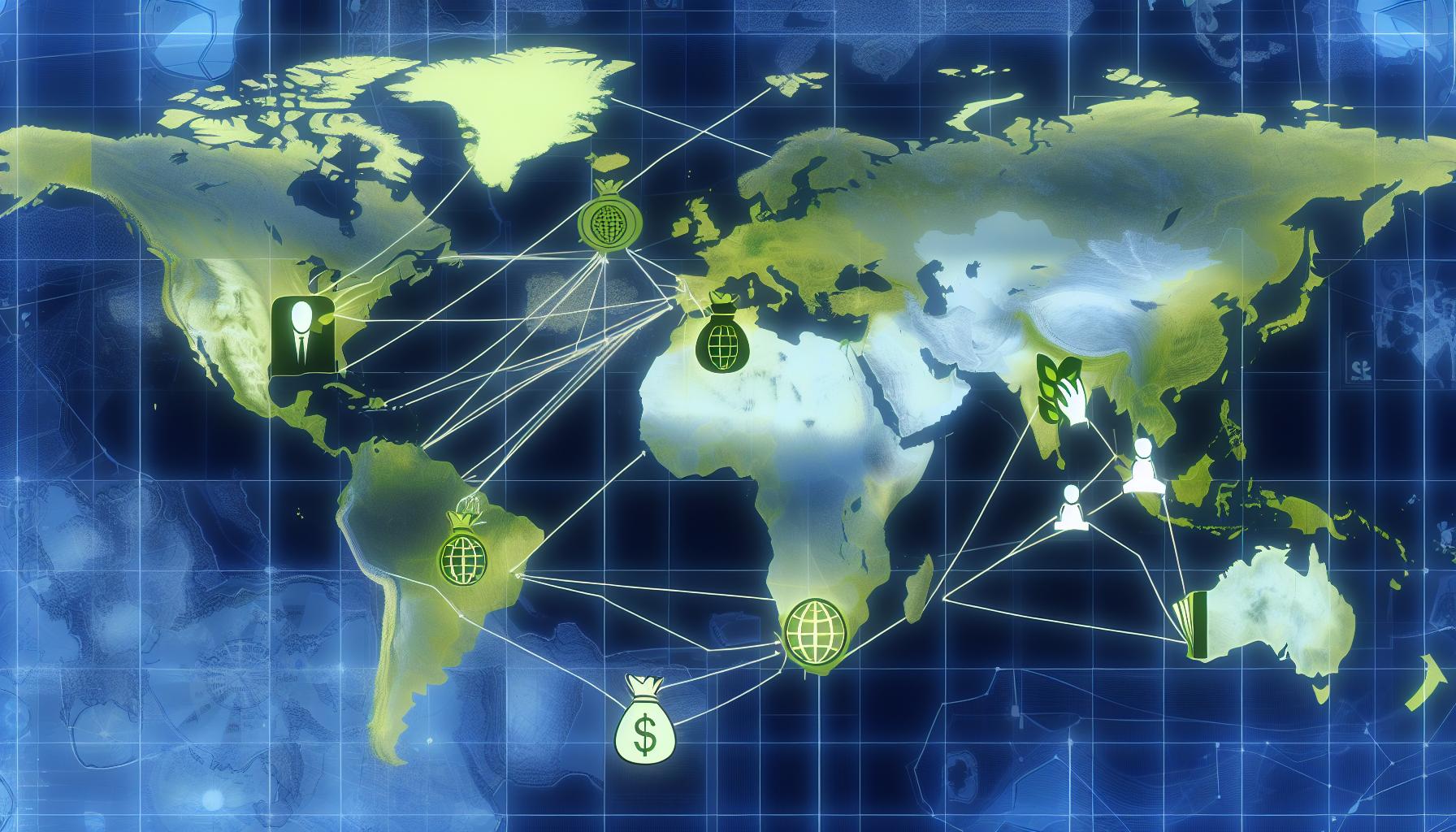In the face of escalating climate change impacts, it is imperative to raise adequate financial resources to drive the transition to a low-carbon economy and improve the resilience of vulnerable communities.
Climate change is one of the most pressing challenges of our time, with far-reaching implications for our planet and future generations. Addressing this global issue requires substantial financial resources and innovative approaches. This is where the concept of climate finance comes into play – a critical tool in the fight against climate change.
What is Climate Finance?
Climate finance refers to financial resources and instruments used to support action on climate change. It encompasses funds directed towards activities that aim to mitigate or adapt to its impacts. This includes investments in renewable energy, resilience-building projects, and initiatives to reduce greenhouse gas emissions.
Climate finance instruments include grants, green bonds, loans, guarantees, and concessional financing. These funds are used for mitigation, adaptation, and resilience-building efforts.
Some examples of Climate Finance
- The UNFCCC Standing Committee's fifth Biennial Assessment in 2022 reported global climate finance flows averaging $803 billion annually in 2019-2020, showing a 12% increase from 2017-2018.
- Climate finance includes grants, market-based and concessional loans, sovereign green bonds, and resources from carbon trading and carbon taxes to support climate action.
- Developed countries are expected to contribute between $113 billion and $117 billion to climate finance through 2025, with the U.S. planning to invest $11.4 billion by 2024.
- Private sector involvement in climate finance is crucial. Private investors are drawn to sustainable urban infrastructure projects that offer a sufficient return on investment.
- Despite the challenges in private investment for climate adaptation, there is growing innovation in this area, increasing the potential for the private sector to play a more significant role in closing the adaptation finance gap.
Why Do We Need More Climate Finance?
1. Bridging the Funding Gap
Despite the urgent need for climate action, a significant gap in funding is required
to advance the transition to a greener economy and enhance resilience in developing countries. Increasing financial flows for climate change mitigation is crucial to limit global warming to 2°C or below and achieve the targets set out in the Paris Agreement.
2. Unlocking Transformational Change
Investments in climate action have the potential to yield substantial benefits that far outweigh the initial costs. By mobilizing more climate finance, we can drive transformative changes towards sustainable practices, renewable energy adoption, and enhanced climate resilience.
3. Supporting Developing Countries
Developing nations often bear the brunt of climate change impacts despite contributing minimally to global emissions. Adequate climate finance is essential to help these countries adapt to changing climatic conditions, build resilience, and implement mitigation strategies effectively.
4. Preserving Forests and Biodiversity
Forests play a crucial role in mitigating climate change by providing biodiversity and acting as carbon sinks. However, deforestation and degradation threaten these vital ecosystems. Increased climate finance can support forest conservation efforts and promote sustainable forest management practices.
5. Encouraging Innovation
Climate finance can drive innovation in clean technologies, sustainable agriculture, renewable energy projects, and other climate-friendly initiatives. By incentivizing green investments through financial mechanisms like green bonds and carbon trading, we can accelerate the transition to a low-carbon economy.
How Much Financing is Needed to Implement the Targets of the Paris Agreement?
Substantial financing is required to implement the Paris Agreement's targets for upcoming years. According to recent analyses, developing countries need at least $6 trillion by 2030 to meet less than half of their existing Nationally Determined Contributions.
An estimated $4 trillion annually is needed to combat climate change and achieve the Sustainable Development Goals. This significant financial requirement represents just 1% of global financial assets valued at over $470 trillion. The goal is to reallocate trillions of dollars currently funding activities contributing to climate change towards sustainable development initiatives.
What is Zero Circle Doing to Support Countries in Accessing Climate Finance
Zero Circle is supporting countries in accessing climate finance through various initiatives:
Promoting Sustainability: Zero Circle supports sustainability in the hospitality industry, emphasizing the importance of sustainability and social responsibility for successful companies in the 21st century.
Carbon Credits: Zero Circle offers carbon credit offsets for companies and organizations. By trading carbon credits, businesses can invest in projects that reduce greenhouse gas emissions, such as renewable energy initiatives, forest preservation, and reforestation. This system allows companies to effectively meet their emission reduction goals, contribute to global decarbonization efforts, and incentivize the transition to cleaner technologies.
Circular Economy Framework: Zero Circle is engaged in promoting the circular economy and cascading towards a framework that aims to increase resilience, prosperity, and employment while reducing greenhouse gas emissions, waste, and pollution. This framework offers solutions to global issues like climate change, waste, and pollution, emphasizing the efficient use of resources and regeneration of the environment.
Zero Circle actively supports countries accessing climate finance and fostering a more environmentally conscious and sustainable future by focusing on sustainability, advocating for a plastic-free environment, and promoting the circular economy framework.
Finally, climate finance allocates funds and catalyzes systemic change towards a more sustainable future. By prioritizing investments in climate action, we can safeguard our planet, protect vulnerable communities, and pave the way for a greener and more resilient world.
Let's join hands in advocating for increased climate finance to combat climate change effectively and secure a better tomorrow for all.


.jpg)
